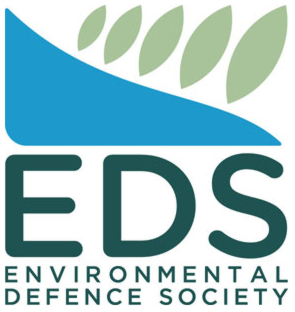Liquefaction Hazard Mapping Gives Clarity On ‘good Ground’ In The Waikato
Local councils, building consent authorities, engineers and developers now have more clarity on ‘good ground’ thanks to new liquefaction hazard mapping of the Waikato region.
Co-Lab (formerly Waikato Local Authority Shared Services) commissioned the development of the liquefaction hazard mapping layer, which can be found on Waikato Regional Council’s online Regional Hazards Portal under the ‘earthquakes and landslides’ tab.
Senior Regional Hazards Advisor Dr Phil Mourot, who developed the layer on behalf of the 12 councils that make up Co-Lab, said an update to the Building Code’s ‘Good Ground’ definition in November 2019 required all councils to identify liquefaction prone areas in their district so they could manage any liquefaction-related risk when reviewing district plans and assessing building and resource consent applications.
Dr Mourot said the change in the Building Code arose from the experience of the Canterbury earthquakes, which caused widespread liquefaction, and subsequent recommendations made by the Royal Commission of Inquiry.
“Liquefaction is a natural process where earthquake shaking increases the water pressure in soft, sandy or silty soils, resulting in loss of soil strength,” said Dr Mourot.
“It can cause significant damage and disruption, as we saw with the Christchurch earthquakes, and because of what happened there it is now a requirement across New Zealand to ensure buildings can stand up to the effects of liquefaction.
“This mapping of liquefaction prone areas will help councils plan for growth in a resilient way, and the layer is available for use by anyone who is looking to buy property, or develop or build on property, in the Waikato region.”
To provide national consistency on liquefaction mapping, the Ministry of Business, Innovation and Employment has published guidance on how councils should be identifying liquefaction prone areas. The guidance uses levels of assessment, starting with regional scale, Level A, to very detailed, site specific scale Level D.
The level A assessment of liquefaction for the Waikato region was made using available data on geology, ground water and seismic hazard.
“So that’s looking at how hard or soft the earth is; how much water is there is the ground, and how prone is the land to shaking.
“It’s important to note that this is broad mapping to identify at-risk areas, where more detailed assessments (Levels B to D) will be required for building and resource consent purposes.”
The Level A mapping does not include Hamilton city, as Hamilton City Council has already undertaken a Level B assessment that provides more accuracy regarding the possible risks of liquefaction. Other local councils will be considering their own Level B assessments in due course.
Waikato Regional Hazards Portal
The Waikato Regional Hazards Portal contains all the spatial natural hazard information available from Waikato Regional Council and some data from other organisations. It’s basically an interactive map, and for some natural hazards a user can zoom right down to individual property level, for example, for flood hazard and coastal inundation information. The Waikato Regional Hazards Portal also incorporates the Waikato Coastal Inundation Tool.
The Waikato Regional Hazards Portal was launched in 2018 and is continuously updated with new information and data.
Other new features recently added to the portal include:
- tsunami inundation zones (under the coastal hazards tab) and areas which are safe to evacuate to in the event of a tsunami
- historic shoreline data (under the coastal hazards tab), which shows how the position of the shoreline has changed over time
- a new emergency management tab with the Waikato Civil Defence and Emergency Management Group Public Information Map showing COVID-19 locations of interest, latest earthquakes over magnitude 3, state highway information, severe weather alerts, etc
- a new district councils’ data tab.


 Gordon Campbell: On The New Pope, And The Israeli Attack On Peter Davis
Gordon Campbell: On The New Pope, And The Israeli Attack On Peter Davis New Zealand Labour Party: Labour Asks Why Govt Is Silent On Gaza
New Zealand Labour Party: Labour Asks Why Govt Is Silent On Gaza Transport Accident Investigation Commission: Near-Collision Highlights Safety Lessons For All Busy, Unattended Aerodromes
Transport Accident Investigation Commission: Near-Collision Highlights Safety Lessons For All Busy, Unattended Aerodromes Green Party: Wildlife Law Change A Deep Betrayal Of Public Trust
Green Party: Wildlife Law Change A Deep Betrayal Of Public Trust NZCTU: Unions Launch Petition To Protect Pay Equity
NZCTU: Unions Launch Petition To Protect Pay Equity Greenpeace: Greenpeace Slams PM’s Science Pick - 'Polluters Are Running The Show'
Greenpeace: Greenpeace Slams PM’s Science Pick - 'Polluters Are Running The Show' NZ Government: PM’s Science Prizes Celebrate Excellence
NZ Government: PM’s Science Prizes Celebrate Excellence


